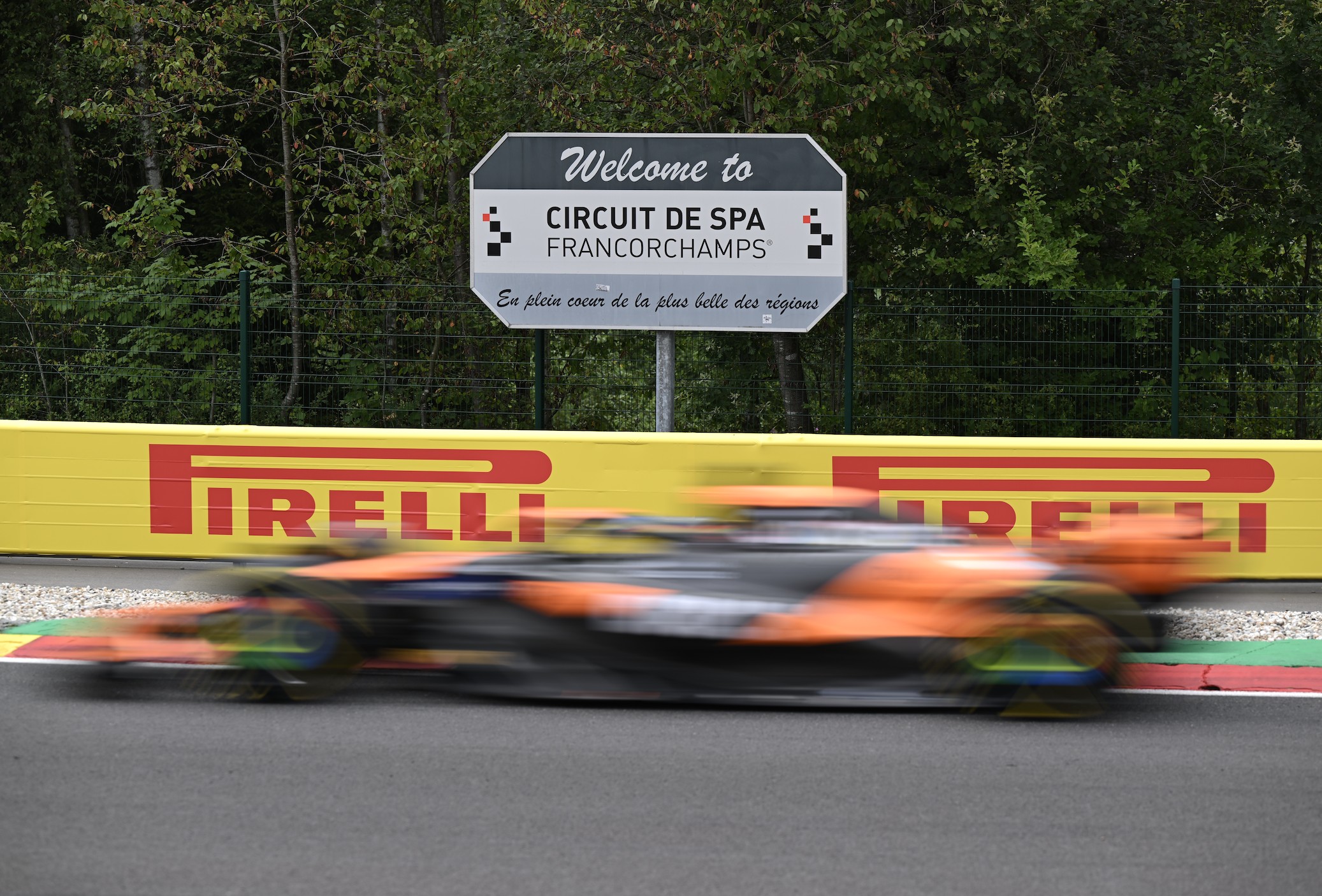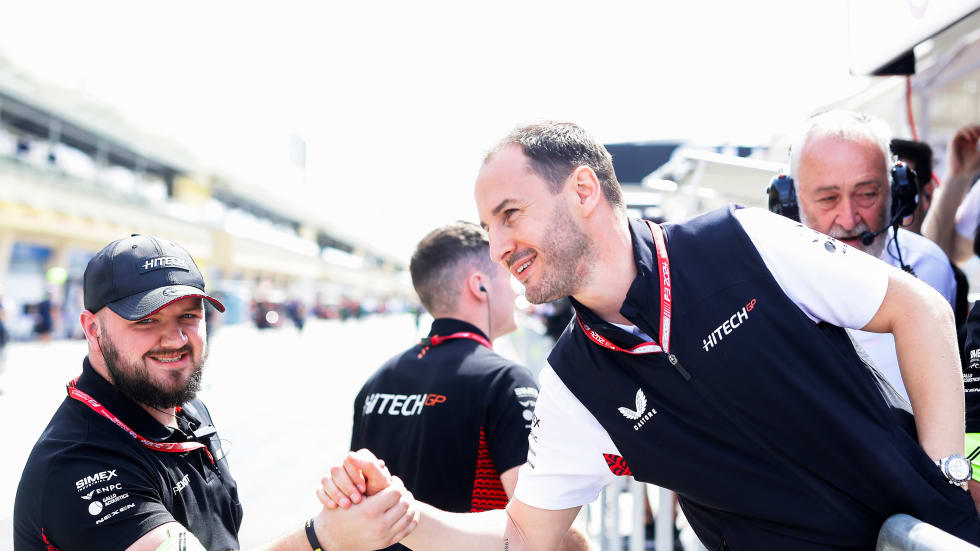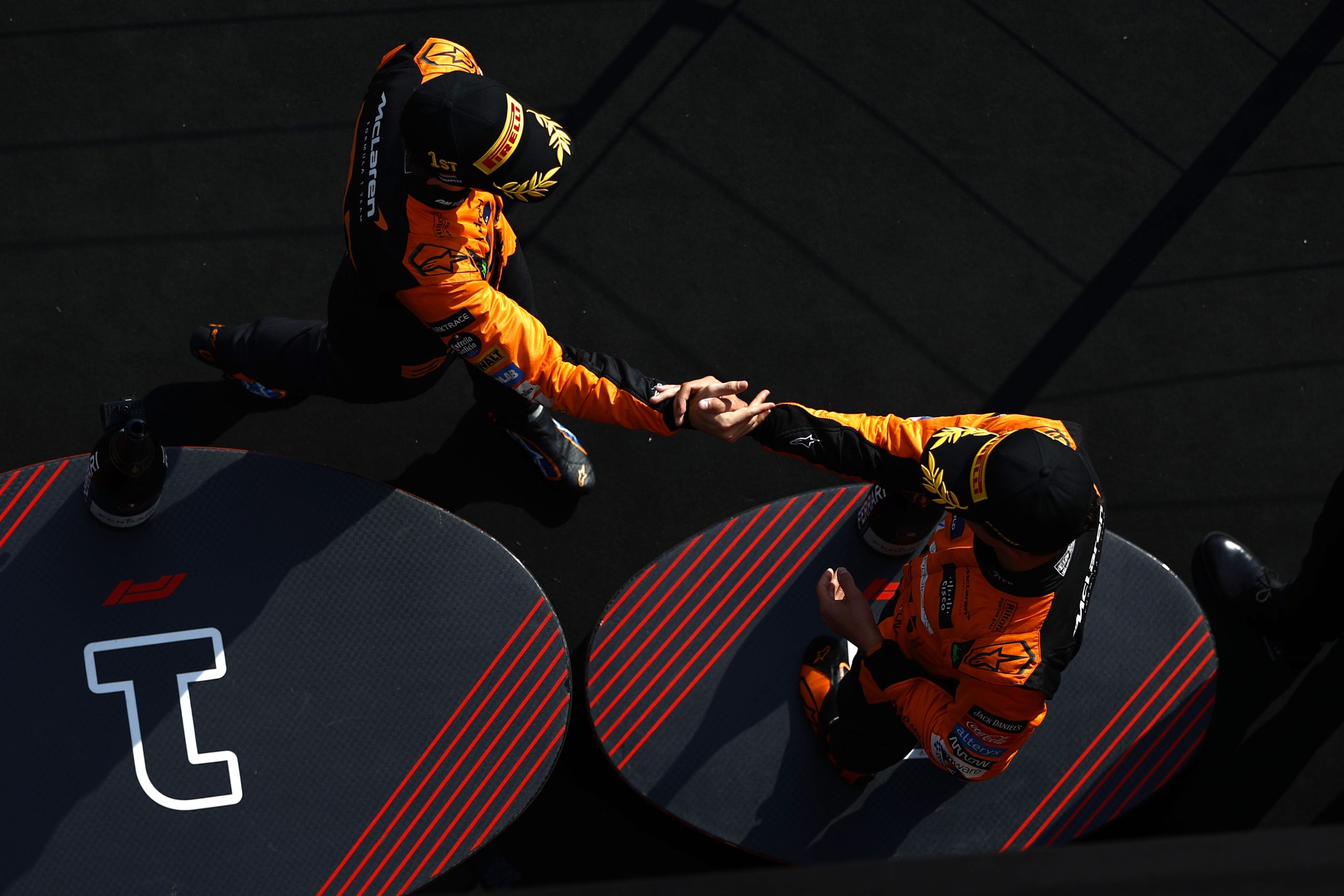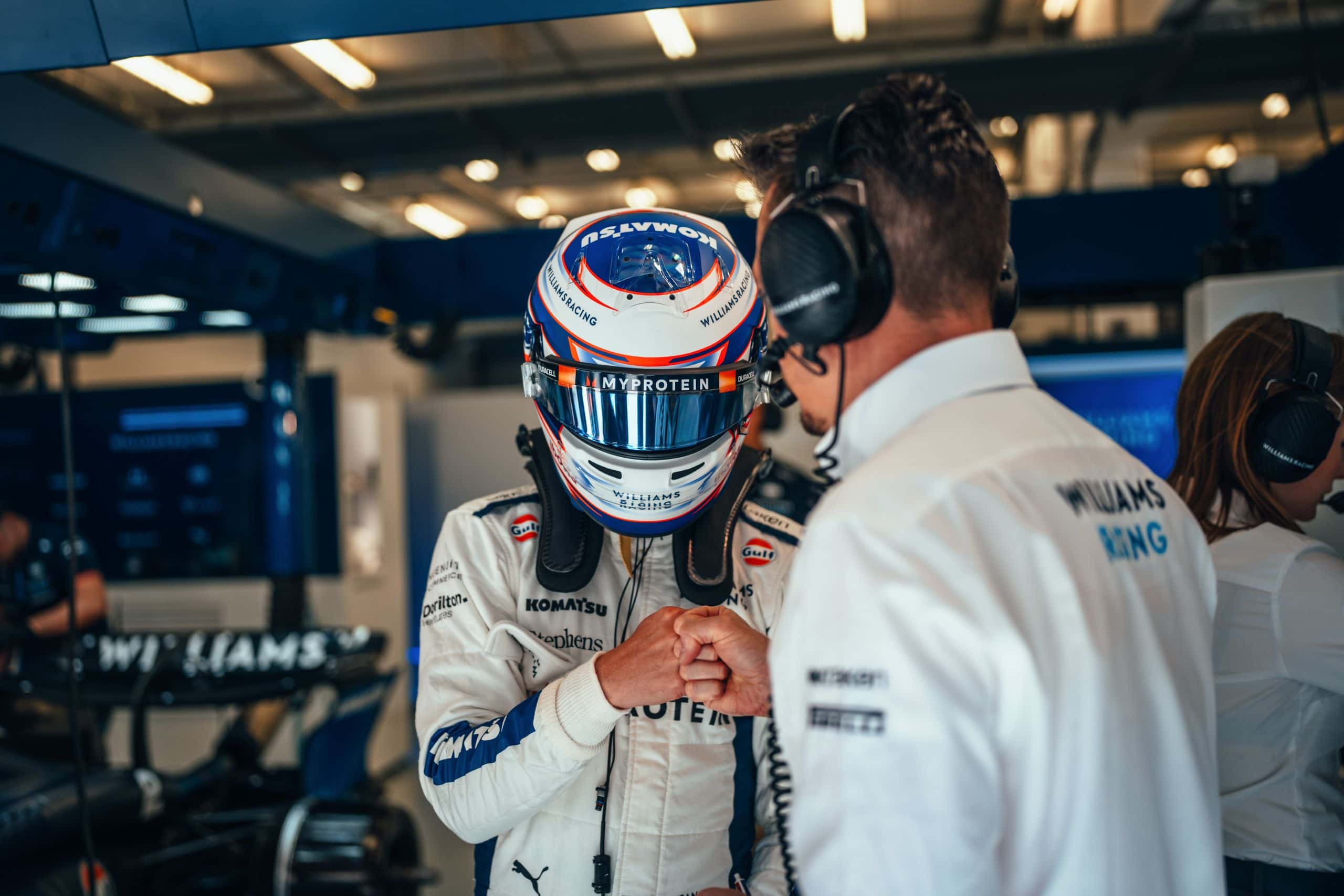What Is The Time Limit For An F1 Race?
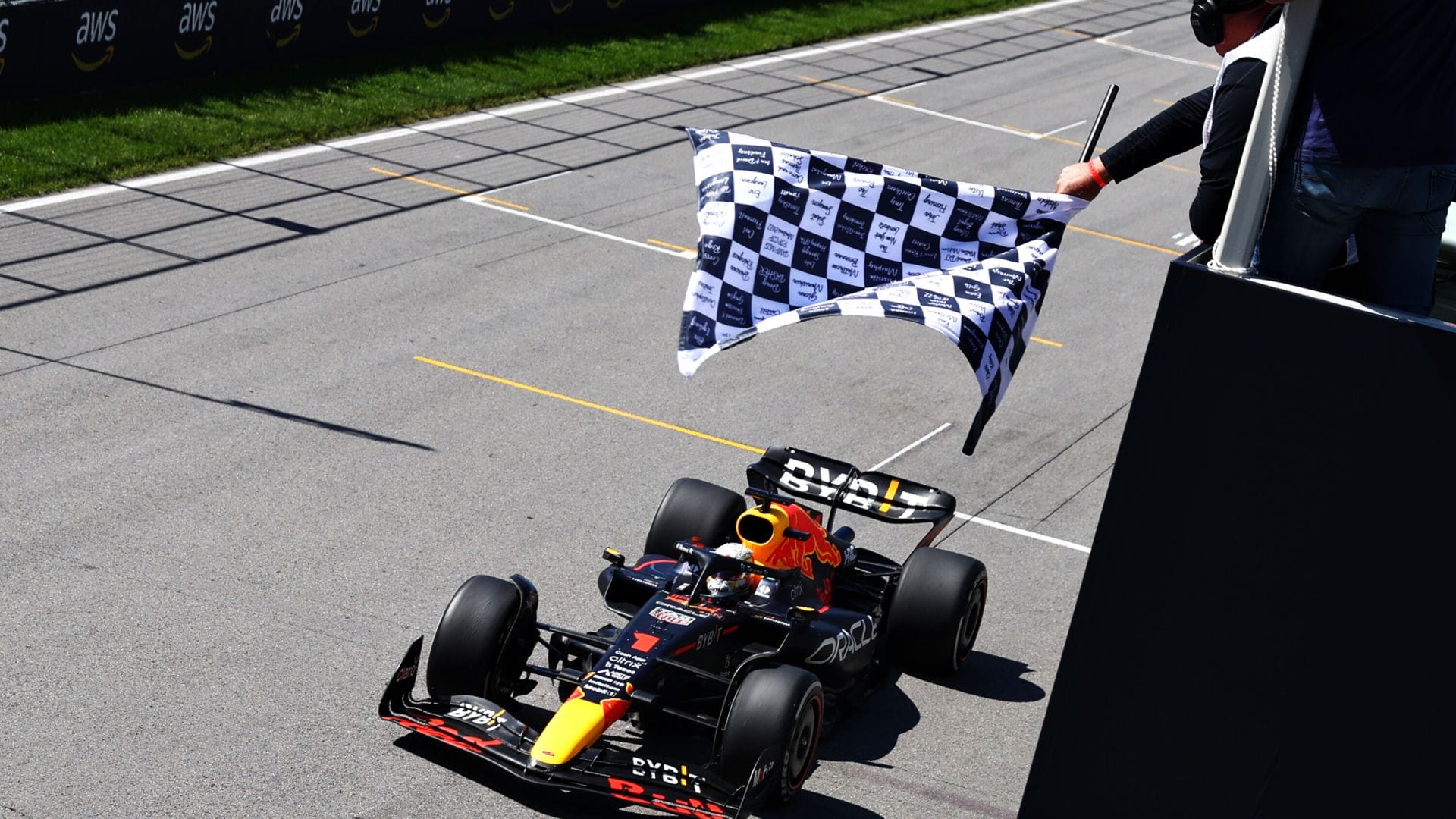
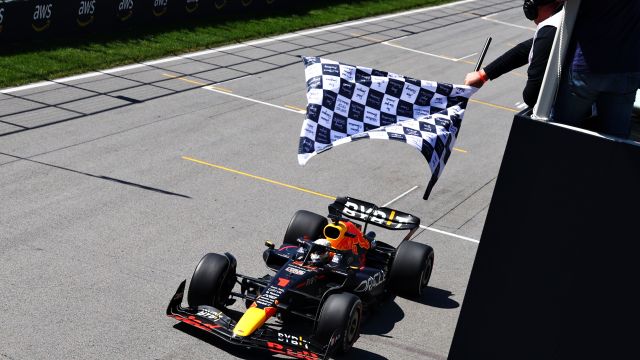
What is the time limit for an F1 race? Formula 1 races have a maximum duration of two hours to ensure events stay within a manageable timeframe for teams, drivers, and fans alike. Once this mark is reached, the race concludes at the completion of the lap currently underway.
However, should an incident necessitate a red flag, halting the race, there is a provision to extend the clock. The overall time limit, inclusive of stoppages, is three hours. This measure preserves the safety and integrity of the motorsport while delivering an exciting, punctual spectacle.
Overview of Formula 1 Race Duration
Understanding the time regulations is crucial for both competitors and fans of Formula 1 racing. These rules ensure the grand prix events are competitive, exciting, and safe.
Maximum Time Limit and Typical Length
Formula 1 races have a definitive time limit set to manage the overall duration of a grand prix. Races are designed to be completed in under two hours of active racing. However, the total duration of the race, including any potential stoppages, can extend up to three hours to accommodate interruptions like a safety car deployment or a red flag event. Despite this maximum limit, the typical length of a Formula 1 race is usually around 90 minutes. These races aim to cover a minimum distance of 305km, a regulation that contributes to standardizing the race length across various circuits.
Factors Influencing Race Duration
Various factors can influence the duration of a Formula 1 race. Circumstances such as heavy rain, bad weather, or on-track incidents can lead to interruptions, requiring the intervention of the safety car or even causing a temporary suspension of the race under a red flag.
The specific characteristics of each circuit also play a significant role. Some tracks can lead to faster race times due to higher average speeds, while others, because of tight corners and slower sections, may result in longer race lengths.
The tire strategies, decided by both teams and Pirelli, the sole tire supplier for F1, can also impact the race time as tire changes and performance affect drivers’ speeds and the number of laps they can complete quickly.
Important Regulations and Procedures
Formula 1 races are governed by a comprehensive set of regulations that ensure fairness and safety, with specific rules concerning race timings and circuit operations. The time limitations of a race, structure of race weekends, and nuances between different circuits all play crucial roles within the sport.
Official FIA Regulations
The FIA (Fédération Internationale de l’Automobile) is responsible for the enforcement of rules within Formula 1. Key among these is the maximum total race time, which, since the 2021 Sporting Regulations amendment, has been set at three hours. This revision means that any suspended or red-flagged session must conclude within this window, including any delays.
Race Session Structure
Over a race weekend, the structure encompasses several sessions:
- Practice Sessions: Typically, three sessions are held before the race, allowing teams to test their setups and strategies.
- Qualifying: Determines the starting grid and is split into three parts, Q1, Q2, and Q3.
- Grand Prix: The main racing event, consisting of a predetermined number of laps or a maximum duration if affected by a safety car or red flag situations. For instance, if a race is suspended, the length of the suspension is added to the total race time, up to the three-hour limit.
Circuits can also feature a sprint race, which is a shorter race that determines the grid for the main event and is an additional highlight of certain race weekends.
Circuit Specifics and Variations
Each circuit in Formula 1 has unique characteristics that necessitate minor regulation adaptations. For example:
- Monaco Grand Prix: A street circuit like Circuit de Monaco may have different constraints compared to a purpose-built track, often resulting in a shorter total race distance.
- Other legendary tracks such as the Bahrain International Circuit, Monza, and Silverstone, hold their distinct place within the F1 calendar, with tailored specifics outlined in the regulations to accommodate their individual features.
- Special instances like the Belgian Grand Prix at Spa-Francorchamps—known for its unpredictable weather—can lead to more frequent deployments of the safety car or race suspensions, directly impacting the total race time.
These nuances require teams and drivers to adapt their strategies to each circuit’s design and the events’ regulatory requirements to strategically cross the finish line with the chequered flag in sight.
Impact of External Conditions
External conditions such as weather and race interruptions have a significant role in determining if a Formula 1 race can be completed within the designated time limit. The F1 Sporting Regulations stipulate a maximum total race time that can be impacted by these factors, affecting the overall duration of the event.
Weather and Race Suspension
Heavy rain and adverse weather conditions have the potential to disrupt a Formula 1 race, sometimes leading to a race suspension. For instance, at circuits like Marina Bay in Singapore, tropical conditions can contribute to sudden downpours. The clock does not stop during a suspension; this lost time is added to the running time of the race up to a pre-set limit. The 2021 Sporting Regulations amended this to a maximum total race time of three hours, which includes suspensions due to bad weather.
Influences of Safety Car and Red Flags
The deployment of the safety car can slow down the pace of the race, influencing the time it takes to complete. A safety car period elongates the race as laps under the safety car take longer. Moreover, the occurrence of a red flag, which stops the race entirely, can further extend the time taken to complete the event. The racing time comes to a halt, and the window in which the race must finish extends accordingly.
However, this is subject to the aforementioned three-hour maximum time limit—from the start of the race to the eventual checkered flag. The race may resume once the track is safe, but the stoppage period does impact the total allowed race time and the management of the window on the clock.
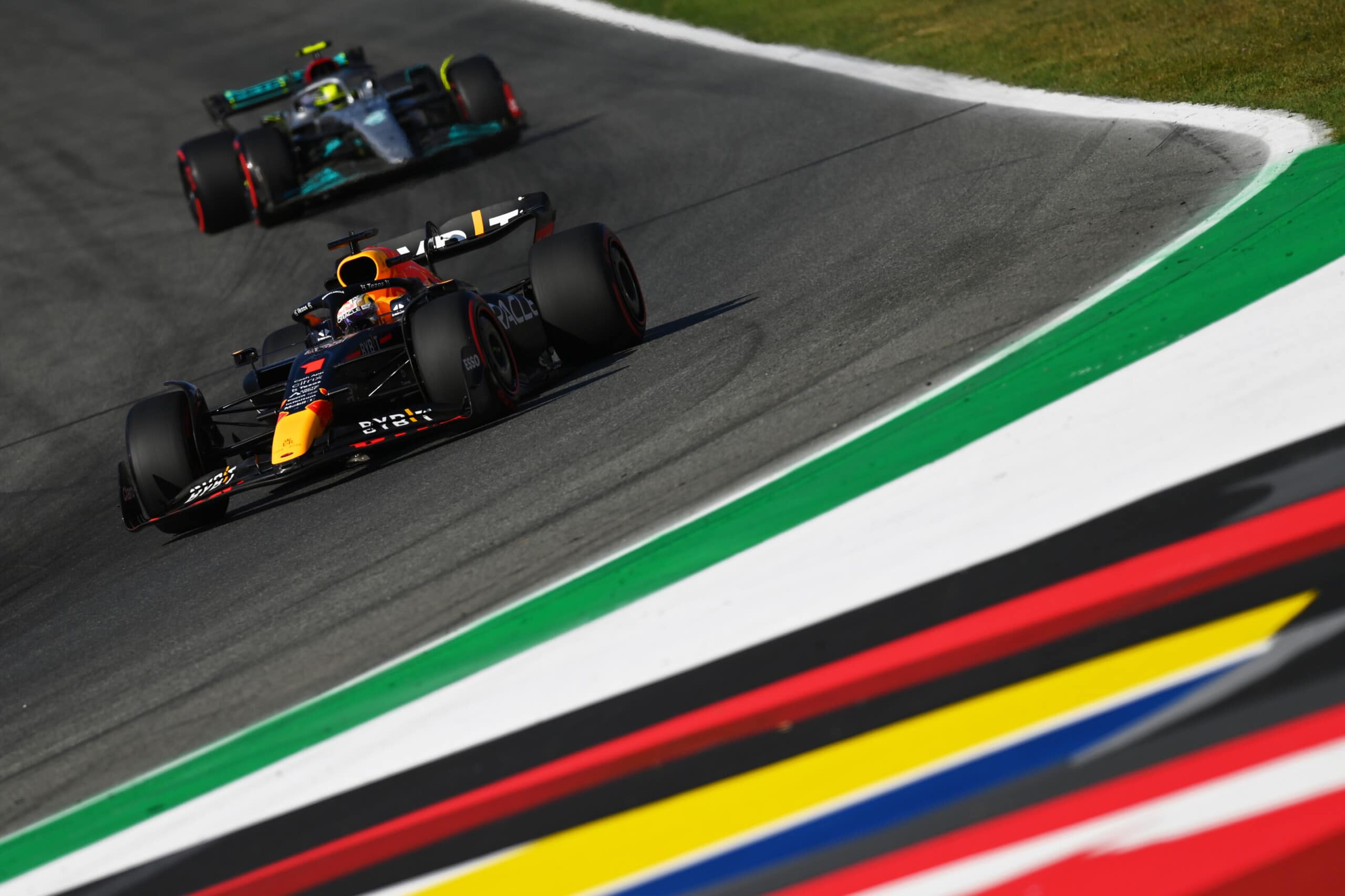
What Is The Time Limit For An F1 Race? – Frequently Asked Questions
In Formula 1, race duration is carefully regulated to ensure competitiveness and safety. Here are some key specifics regarding how time limits apply to an F1 race.
What determines the duration of a Formula 1 Grand Prix?
The duration of a Formula 1 Grand Prix is primarily determined by the total distance covered, which, with the exception of the Monaco Grand Prix, is set at a minimum of 305 kilometers. The number of laps is calculated based on this distance, as each F1 circuit has a different lap length.
How does a red flag situation affect the duration of an F1 race?
When a red flag is displayed, the race is temporarily suspended due to unsafe conditions. This pause does not count toward the active race time. However, F1 races may be extended to accommodate the lost time, up to a maximum overall duration, which includes any stoppages for red flags.
What is the maximum duration an F1 race can run?
An F1 Grand Prix has a time limit of a maximum of 2 hours of active racing, but when interruptions such as red flags occur, this extends the allowable window. A Formula One race may last a maximum of 3 hours including these breaks.
How does the lap count relate to the total length of an F1 race?
The lap count is directly linked to the total length of an F1 race, as each circuit has a different lap length. Races are formulated to complete a set distance, typically over 300 kilometers, which equates to a varied number of laps depending on the track.
Are there any recent changes to the time limit rules in Formula 1 racing?
Recent seasons have witnessed a clarification of the rules regarding time limits to ensure they are adequately adhered to during varying racing conditions. Information on any specific rule changes can be found by reviewing the current season’s official F1 sporting regulations.
How is the overall length of a Formula 1 race track factored into the race time?
The overall length of an F1 race is factored into the race time by determining the number of laps needed to complete the standard race distance of 305 kilometers. Each track’s individual length then dictates how many laps the drivers will complete in a Grand Prix.

